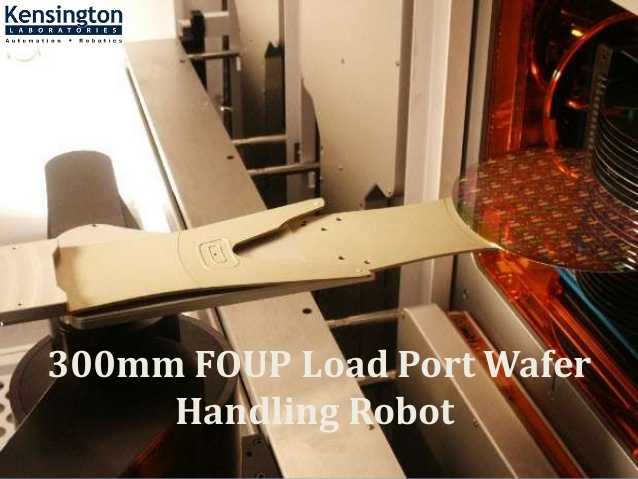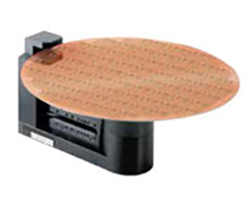SCARA Wafer Handling Robot - Creating a Wave in Robotics Industry
There has been a tremendous rise in wafer handling robots globally; they are helping businesses to generate revenue. In the semiconductor industry, the 3 axis r-theta robot is adopted most of the time. But the SCARA wafer robot is also becoming a top-rated choice of many. SCARA stands for Selective Compliance Articulated Robot Arm. SCARA rotates in such a way that it eliminates dead zones, requiring the smallest footprint.
SCARA wafer robot system has 3 and 4 axis configuration and position repeatability. It’s radial, theta, and z-axis are ±0.001” (±0.025 mm), ±0.01 degrees, and ±0.001” (±0.025 mm) respectively.The production of wafer robots is a complex one, but with the right experience and resources, the task can be carried out error-free.
Wafer handling solutions are used for handling semiconductor cassettes. Also, a sophisticated gripper system is great for stage repair and other processes. With omnidirectional motion, mobility is provided. In addition to that, real-time sensors help to avoid any collisions.
There are both hardware and software cleanroom applications in wafer handling. The wafer handling solutions blend seamlessly into other execution systems. With wafer handling robots, you can meet the high standards of various fast-developing technologies and automate the process of wafer handling.
Wafer handling robots have high accuracy, speed, and work with precision. The automated system has eliminated the scope of error in wafer handling. With the help of optic sensors, the quality of wafer handling has been improved manifolds.
Wafer handling robots require good maintenance as well. Maintenance increases the life of robots. If your robot is making unusual sounds such as knocking sound, squeaking sound, etc. you need to check if the bearing is properly rotating or there is another problem.
Vacuum gripper circuits are an integral part of the system. If there is a delay of more than 2 seconds when the input light is on, it means there is a leak in the vacuum line, or there is a faulty adjusted switch.
To check if there is an electrical wiring fault in the robot, check if the robot has some black particles or lines on it, if yes, then there is a faulty firing. Also, check for encoder cables. In addition to that, don’t forget to check if tie wraps are secure or not.
Whenever there is any operation carried in rack-and-pinion drive, a Jerking operation is a must. If there is a problem, push and tug on the robot. Always analyze if there are any unusual movements.
Another thing that you must keep in mind to enhance the life of your robot is to keep it clean and well lubricated. Some robots are used in dusty areas, if your robot is used in a dusty area, then make sure to clean its rails frequently. Check if there are chips or lines present on the surface; if yes, then it’s a sign of poor lubrication.




Comments
Post a Comment